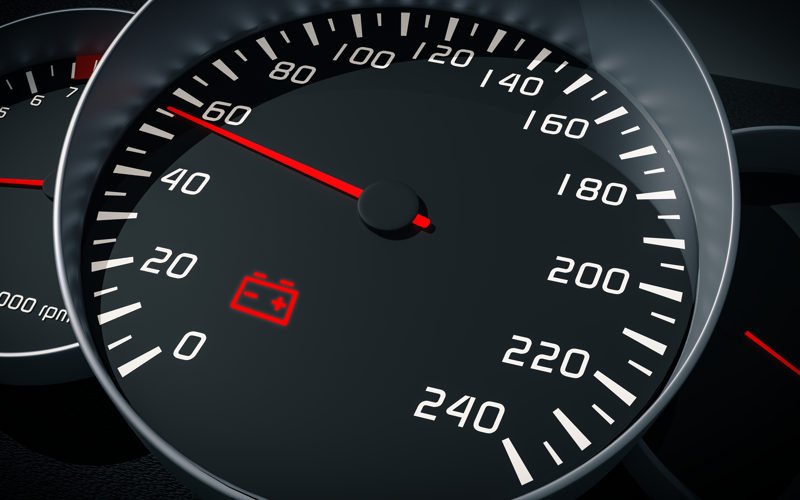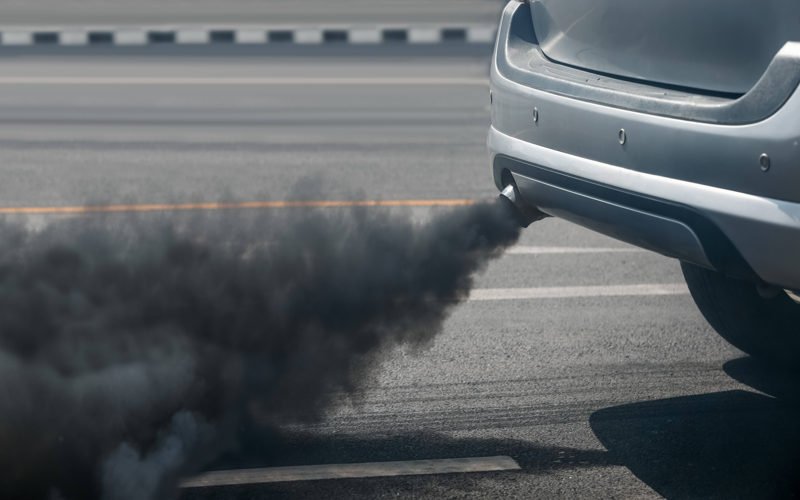If you have a car, you must change the oil regularly. Usually, every three months or 3,000 miles. But do you need to change it that often? Let’s look at why oil changes are recommended and if you can go longer between changes.
7 Symptoms That Signal an Oil Change
Regular maintenance is crucial for automotive longevity and performance. Oil changes are essential to reduce friction, ensure smooth operation, and prevent wear and tear. Oil degrades over time, requiring oil change service. Identifying when to change your car’s oil can be challenging, but seven key symptoms can help. Recognizing these signs can protect your engine, optimize performance, and prevent costly repairs in the future.
1. Dark and Dirty Oil

One of the clear symptoms that it’s time to change your vehicle’s oil is when it turns dark and dirty. Fresh oil typically has a light amber color, but over time, it collects particles and becomes thick, dark, and grimy. This decrease in quality compromises its effectiveness, leading to increased friction and wear within the engine. Regularly checking the oil’s color and consistency will help determine when it’s the right time to change to ensure optimal engine performance.
- Color Change: Fresh oil is amber; dirty oil turns dark.
- Consistency: Change your car oil on time for better performance.
2. Louder Engine Noise and Knocking
A vehicle that runs louder than usual often signals the need for an oil change. Oil is a lubricant to lessen friction and engine noise from moving parts. Engine noise increases as oil loses effectiveness due to deterioration. In severe cases, you may even hear knocking or rumbling sounds indicative of metal components striking each other, causing potential damage and requiring immediate attention.
- Knocking Sounds: Metal components may strike each other.
- Lubrication Loss: Old oil reduces friction control.
3. Oil Change or Check Engine Light

Modern vehicles are equipped with an oil change light that illuminates when the system detects that the oil has reached the end level. The check engine light may also activate due to low oil levels or pressure. When either light appears on the dashboard, it is imperative to check the oil and consider a change to avoid serious engine complications.
- Low Oil Levels: Itcan activate the check engine light.
- Dashboard Signals: Lights necessitate oil pressure checks.
4. Exhaust Smoke

Experiencing smoke emission from the exhaust, especially in warmer weather, is a symptom not to be overlooked. While some vapor is normal, particularly in cold conditions, visible smoke can indicate an oil leak within the engine. Addressing this symptom promptly can avert more severe problems, such as damage to the engine’s internal components or gaskets.
- Smoke Emission: Visible exhaust smoke indicates a possible oil leak.
- Internal Leak: Smoke may point to leakage within the engine.
5. Oil Smell Inside the Car

Detecting the smell of oil inside the cabin is a clear sign that there could be an oil leak. This issue, accompanied by the smell of gas or exhaust fumes, might indicate the vehicle overheating and burning oil within the engine compartment. Immediate action is vital to prevent escalating problems, including potential fire risks associated with oil leaks near hot engine surfaces.
- Interior Odor: The oil smell in the cabin signals a leak.
- Overheating Indicator: Accompanied by gas or exhaust fumes.
6. Reduced Mileage

An unexpected reduction in fuel efficiency can be attributed to old, ineffective oil. Fresh oil facilitates smooth engine operation and optimal fuel consumption. As oil deteriorates, it creates more friction within the engine, leading to increased fuel usage. Monitoring the vehicle’s miles per gallon (MPG) can help identify when the oil is causing a decrease in fuel efficiency and necessitates a change.
- Efficiency Drop: Old oil can decrease fuel efficiency.
- Friction Increase: Degraded oil causes more internal friction.
7. Overdue Oil Change

The most straightforward symptom is simply the realization that your vehicle’s oil change is overdue. Depending on the make, model, and oil type, manufacturers specify suggested oil change intervals, normally between 3,000 and 7,500 miles. These recommendations will keep your engine running longer and prevent most oil-related problems.
- Scheduled Maintenance: Adherence to manufacturer guidelines is vital.
- Engine Longevity: Regular changes ensure prolonged engine life.
The Risks of Delayed Oil Changes
You start running risks if you wait over three months or 3,000 miles to change the oil. Here are some of the problems you could have:
- Dirty oil can’t properly lubricate the engine. It increases wear and friction on the moving parts. It could lead to overheating or damage.
- Contaminants in dirty oil can start blocking oil passages in the engine. It prevents good lubrication.
- Sludge can build up from old oil and clog things up inside the engine. It also prevents good lubrication.
- Without proper lubrication and cooling, the engine components wear out faster. It shortens the overall life of the engine.
- Dirty oil filters have a harder time capturing contaminants. It leads to increased engine wear.
So, it’s really important not to skimp on your oil changes. The small amount of money you might save isn’t worth the accelerated wear and possible engine damage you could experience.
Read more: Tips For Finding The Best Car Oil Change Services
Conclusion!
While no one loves spending money on oil changes, they are vital for engine health. The recommended 3-month or 3,000-mile interval gives the best protection for most driving. Only going over that to 4 months and 4,000 miles is generally safe if you have to. But trying to stretch changes beyond that increases the risks of accelerated wear and engine damage. So be diligent about getting your oil changed regularly. Your car and wallet will thank you in the long run.





